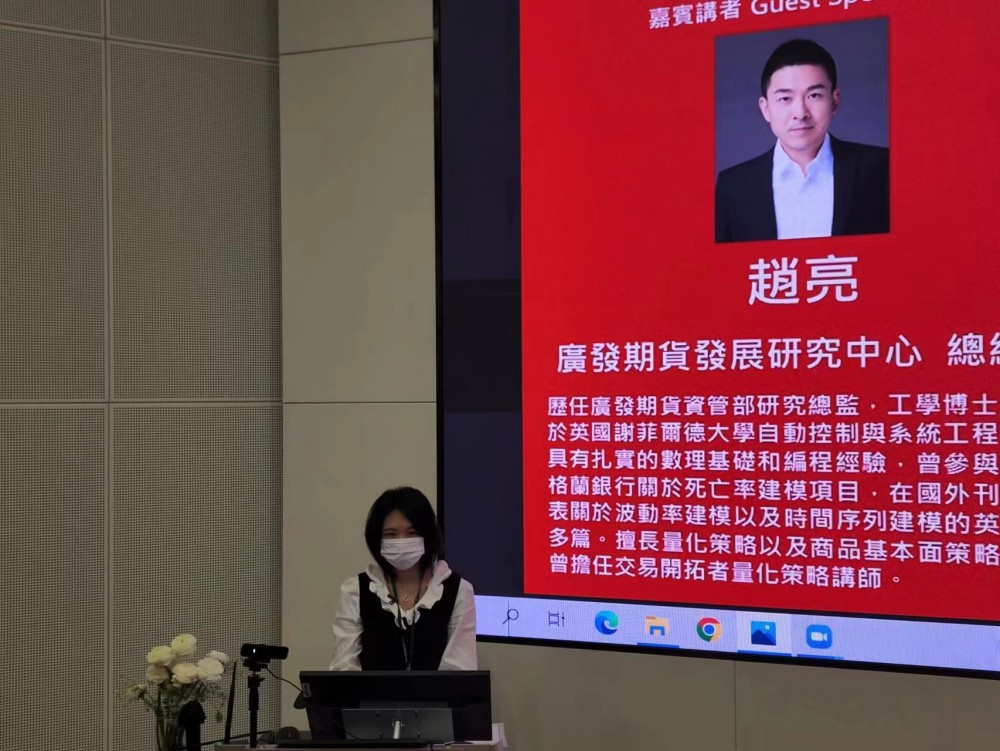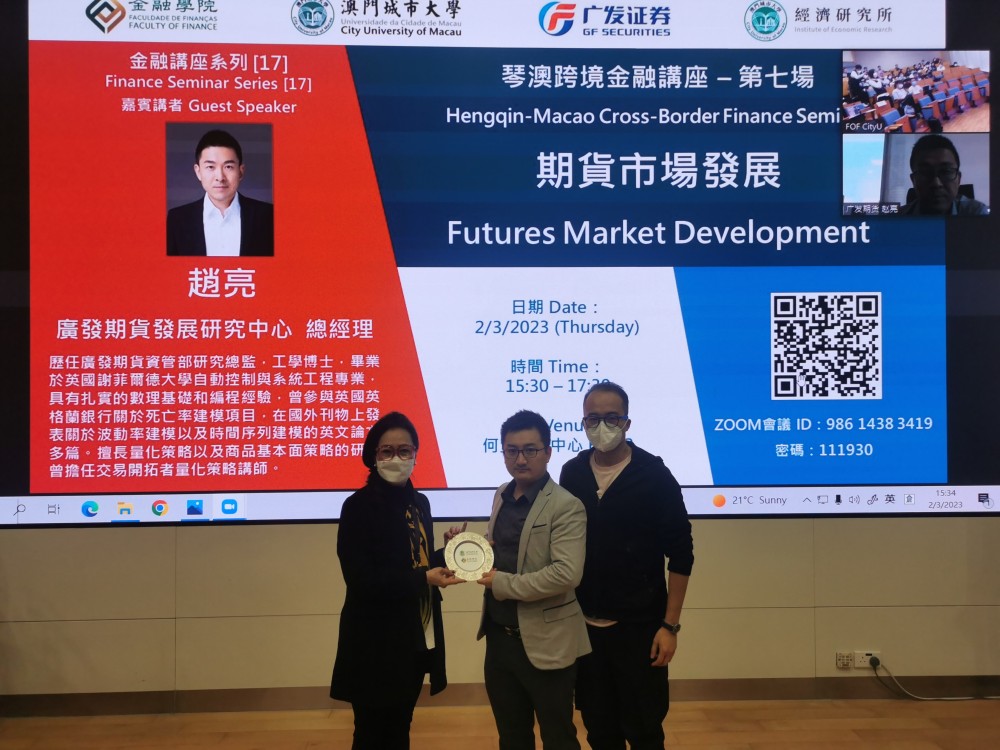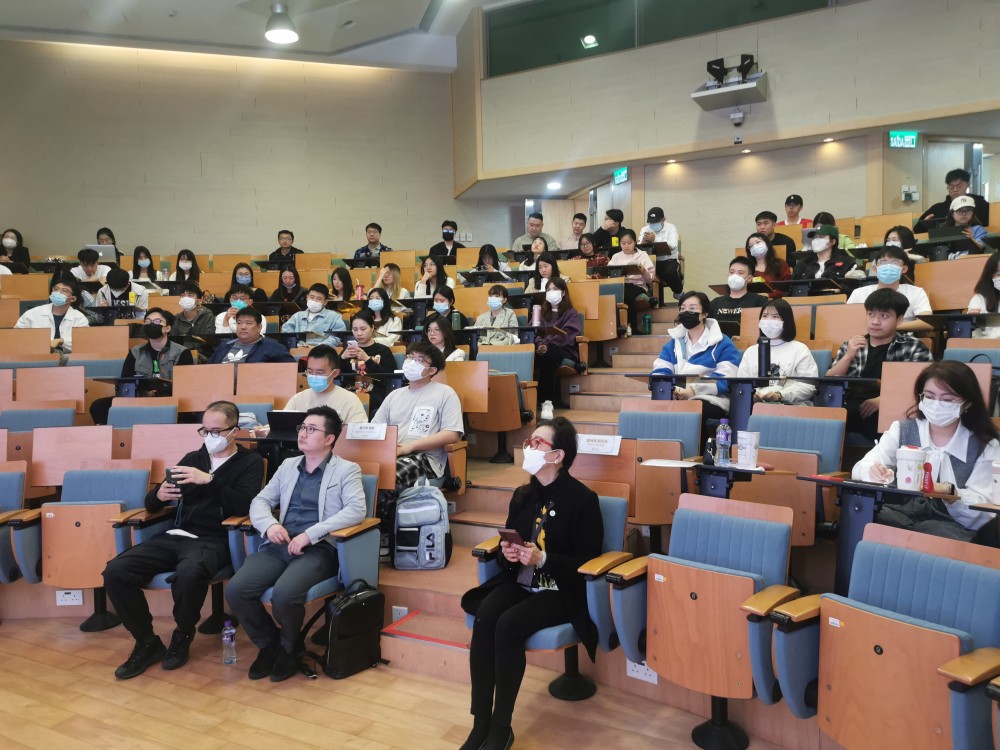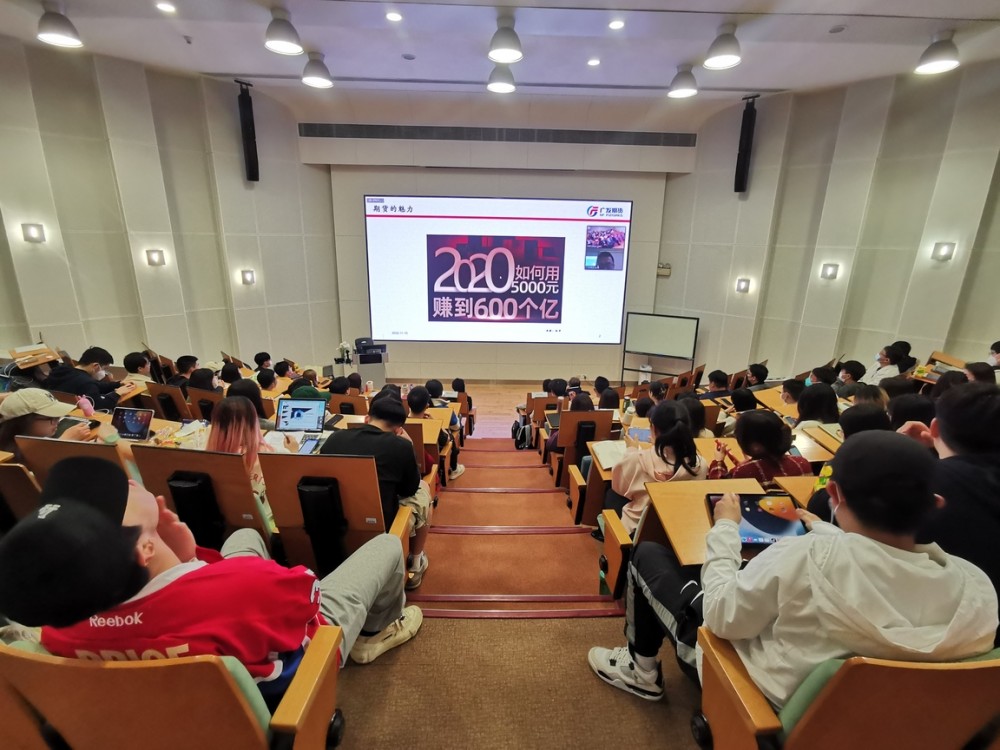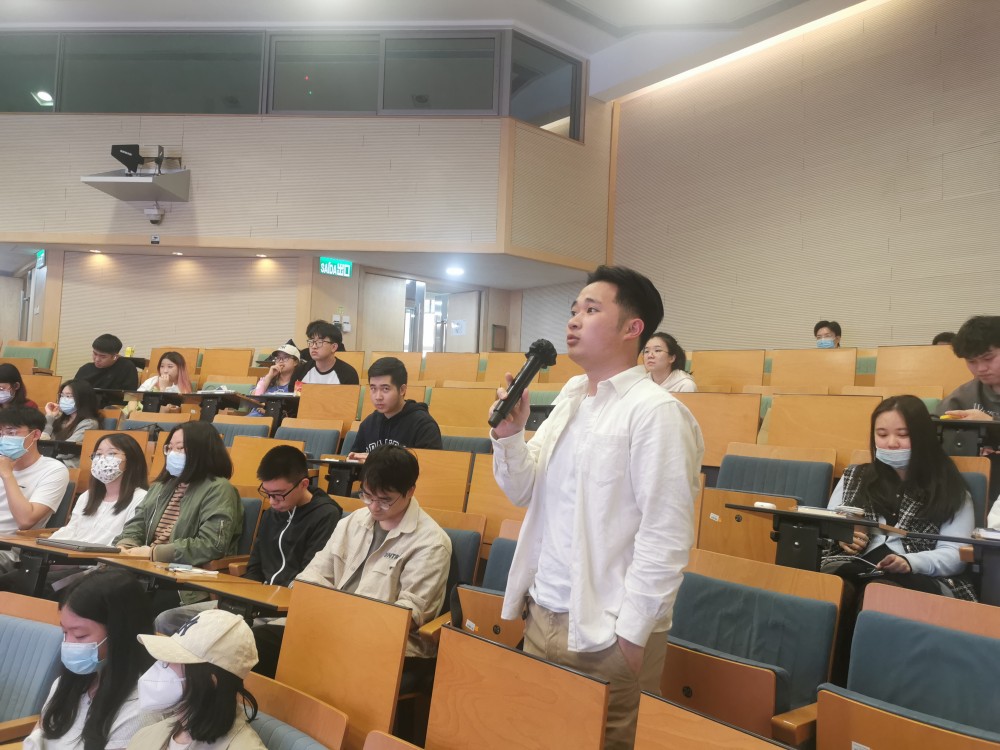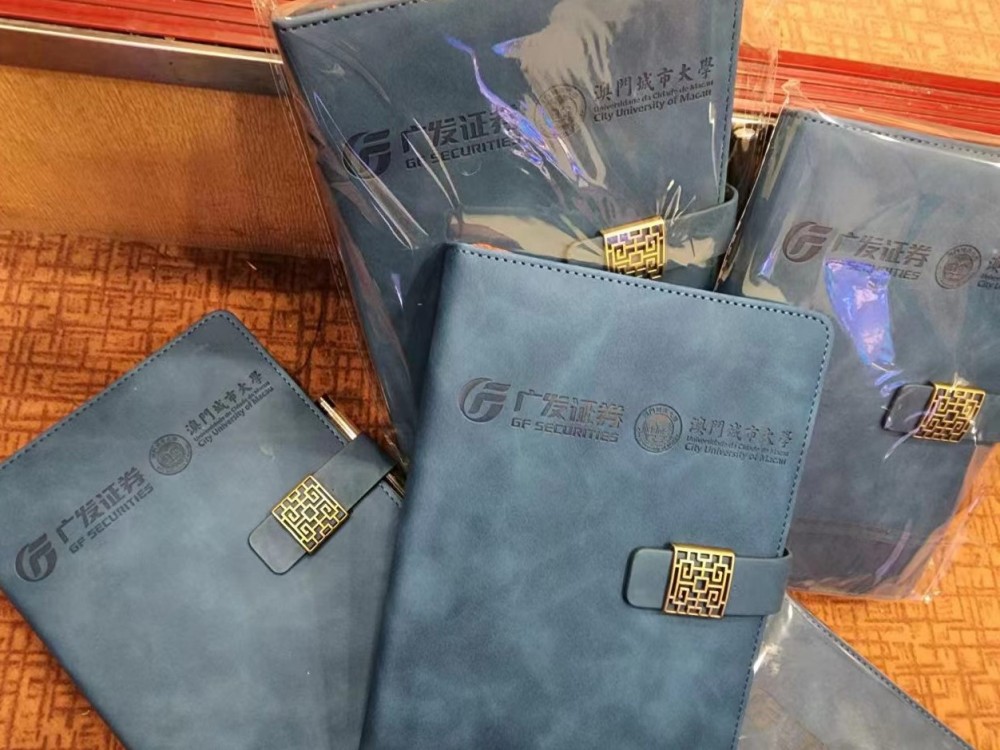On 2 March 2023, the Faculty of Finance of the City University of Macau held the Finance Seminar Series [17] Hengqin-Macao Cross-Border Finance Seminar – Seventh Talk at the Ho Yin Convention Centre. Mr. Liang Zhao, General Manager of Guangfa Futures Development Research Center, was invited to deliver a speech online titled “Futures Market Development”. Mr. Zhao has served as the Research Director of Guangfa Futures Capital Management Department. He graduated with an automatic control and system engineering major from University of Sheffield together with a solid mathematical foundation and programming experience. He has participated in the mortality modeling project of the Bank of England and published English papers on volatility modeling and time series modeling in international journals. He is good at quantitative strategy and commodity fundamental strategy research, and served as a trading pioneer quantitative strategy lecturer. Guests attending this seminar on-site include Mr. Shaowei Guan, Macao Business Director of GF Securities Zhuhai Branch, Mr. Wenhan Ma from the Compliance Risk Control Department of GF Securities Zhuhai Branch, and Associate Dean Eva Khong of Faculty of Finance, City University of Macau.
Mr. Zhao first explained the origin of the futures market. A futures is a standardized contract in which the buyer is associated with a "long position" and the seller is with a "short position". Futures originated from the Chicago grain trading market in the United States. At that time, the annual rise and fall of grain prices prompted people to settle in the form of forward contracts, which agreed to trade grain on a specific date at a specific price to avoid the risk of large price fluctuations to farmers, traders and processors. Futures market has many participants, high transparency, continuous and open prices, good authority, and can effectively hedge risks.
Mr. Zhao introduced foreign futures markets. American commodity futures market is the largest commodity futures market in the world, with rich product history and active trading. It is a global pricing center for a variety of commodities and has an independent regulatory body to oversee its operations. The futures exchange is a corporate-system exchange, listed on the stock exchange, and the trading methods are divided into open bidding and electronic trading. To fend off competition from Eurex Exchange, several exchanges have merged into a single trading platform. London Metal Exchange is the earliest established and largest non-ferrous metal exchange in the world. London Clearing, an independent clearing company, is responsible for clearing business. The listed commodities include copper, aluminum, lead, zinc, tin, nickel and aluminum alloy. There is no daily limit, and is a traditional and complicated trading and delivery mode, which is relatively close to the spot market. In addition, Mr. Zhao also mentioned that the Tokyo Commodity Exchange, established in 1984 in Tokyo, was formed by the merger of the Tokyo Textile Exchange, Tokyo Rubber Exchange and Tokyo Gold Exchange. It is the only comprehensive commodity futures exchange in Japan, responsible for managing all commodity futures and options trading in Japan and one of the few futures exchanges in the world that trades a variety of precious metals.
Then Mr. Zhao introduced the domestic futures market. Due to the price reform and the opening up of enterprise reform in the 1980s, the price of agricultural products fluctuated and triggered the demand for hedging. A group of scholars put forward the idea of establishing a futures market for agricultural products. At the beginning of 1988, the country organized and conducted futures market research. In view of the situation that there were too many exchanges and futures prices were difficult to achieve their roles, the government cleaned up and reorganized the futures market twice in 1993 and 1998. Since 2002, laws and regulations have been issued to regulate the development of the futures market. Mr. Zhao introduced the five major exchanges, including China Financial Futures Exchange, Shanghai Futures Exchange, Dalian Commodity Exchange, Zhengzhou Commodity Exchange and Guangzhou Futures Exchange, and briefly described the development history of Guangzhou futures. Lastly, he shared with the students the development of futures trading model.
Lastly, Mr. Zhao explained the research and trading methods of futures, indicating that the significance of studying futures is to judge the trend of futures prices, so as to formulate hedging plans for enterprises and create profits for investors. He explained the research methods of futures fundamentals and technical aspects, respectively. The fundamental research methods explain, judge and predict the trend of futures prices by analyzing the supply and demand of commodities at the macro level and its influencing factors, while the technical research methods are aimed at predicting the future trend of market price changes and study the market behavior with charts as the main tool.
At the end of the sharing session, the students took this valuable opportunity to actively pose questions about the future trend of futures market, and Mr. Zhou answered in detail. Regarding the students’ willingness to have fieldwork opportunities, he would arrange in an orderly manner. The Faculty of Finance would like to thank GF Securities for gifting each student a beautiful handbook. The Seminar enables students to pay more attention to the development history and prospects of the futures market within the borders, and to gain in-depth knowledge of the practical use of futures and the operation of futures market through the financial seminar series. The students also look forward to participating in more financial seminars held by the Faculty in the future.



